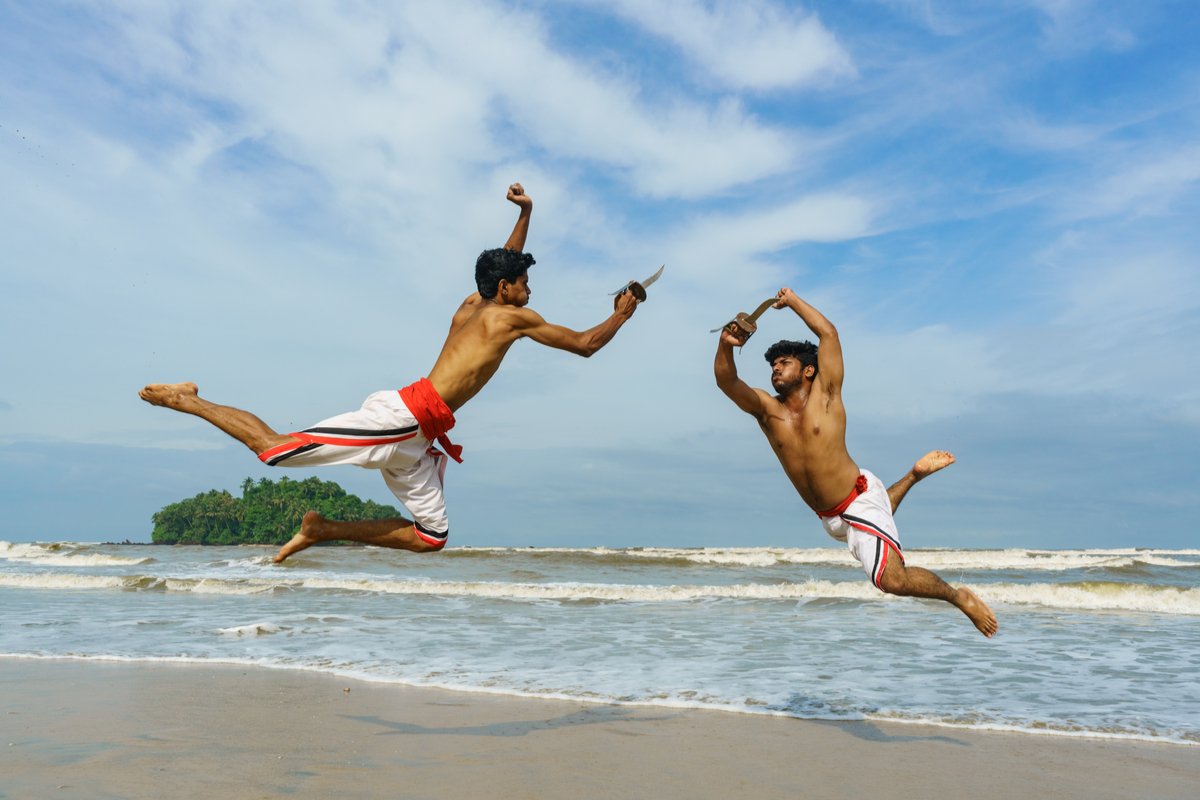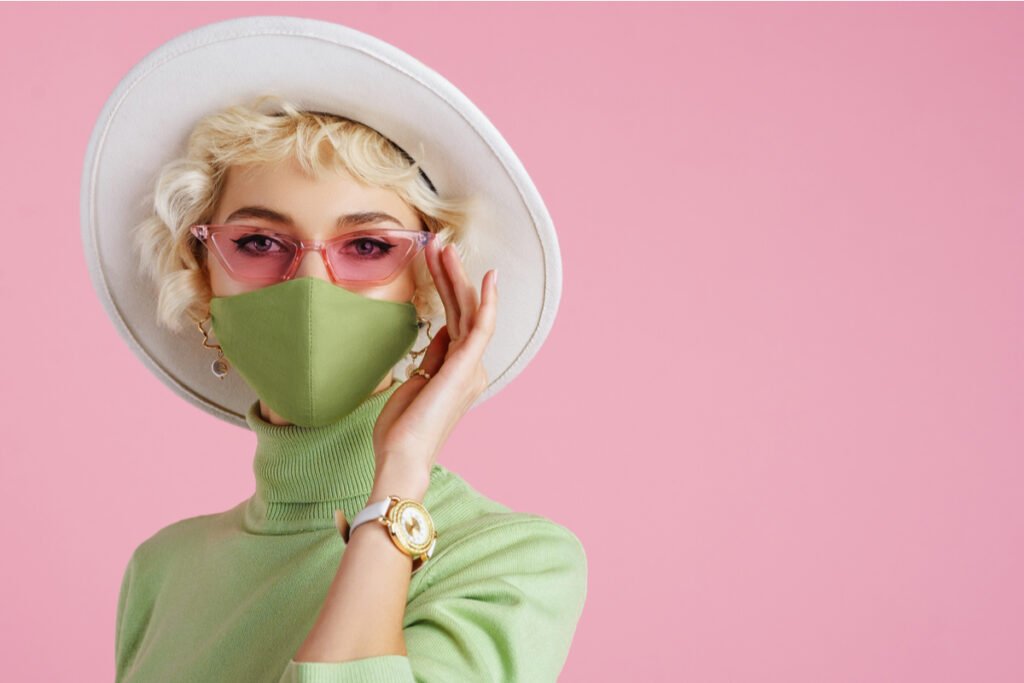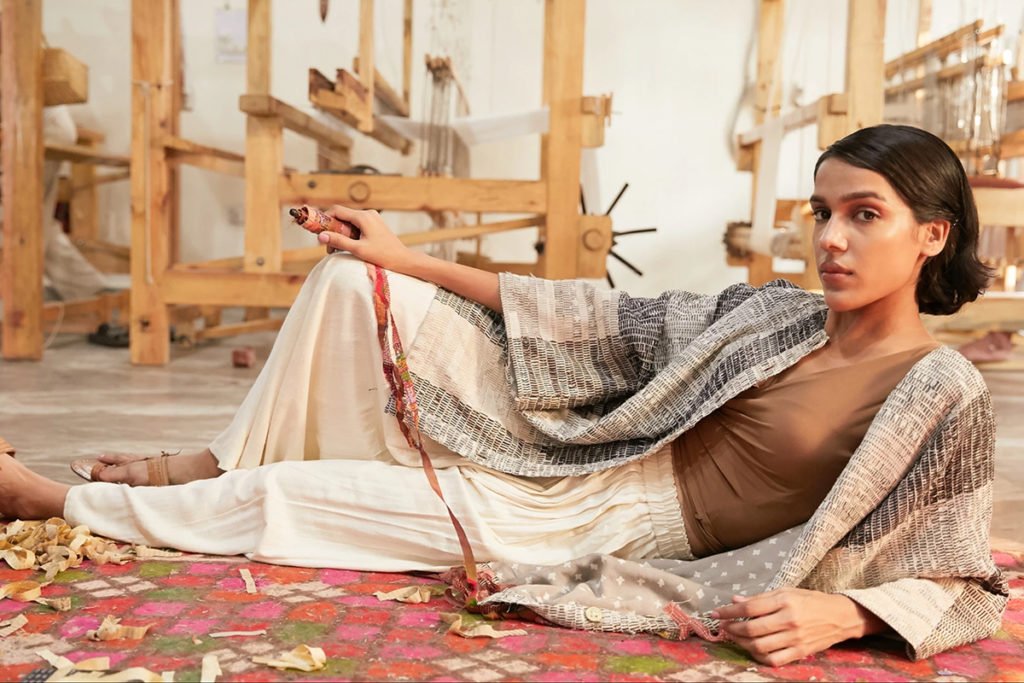Let us dive into the sport that is also known to be the precursor of Kung-Fu, Karate and Taekwondo.
Sports have been a basic element of every culture ever known to humanity. As we are heading towards a brighter future for sports, some have been forgotten, and some just simply lost to time.
One such is the traditional martial art form ‘Kalaripayattu’, also known as ‘Kalari’. It is an ancient form of martial arts that originated from southern India thousands of years ago. The word Kalari appears in various Hindu texts to describe a battlefield and a place of combat.
Owing to its antiquity that dates back to thousands of years, Kalaripayattu – “The art of battlefield” – is also sometimes overstated as the mother of all martial arts. However, if you look closely, you’ll find traces of Kalaripayattu in most Asian art forms.
The origins Of Kalaripayattu
Even though many martial arts forms are based on Kalaripayattu, no one really knows what Kalaripayattu was based on – it is believed that a Buddhist monk named Bodhidharma studied the art in Kerala and took it to China after Lord Buddha’s death and trained the monks in Kung-Fu at the Shaolin temple, from where it bloomed other art forms.
This 3000-year old art form emerging from Kerala has demanding levels through which one learns how to fight, with and without, hand-held weapons. Traditionally, this sport includes two forms: the northern style, Vadakkan Kalari, and the southern style or Thekkan Kalari. But in recent years, a new pattern has also gained recognition, called Madhya Kalari, which aims at combining both styles.
The expressive discipline of ‘Kalaripayattu’ consists of a series of complex movements that establish a collective likeness between the mind and body.

One can visit the small corner (known as ‘kalari’), facing the east, where the art is performed. The south-east corner houses the guardian deity on a seven-tiered platform with an oval top called the “poothara”, the seven steps representing the seven acute abilities a warrior should possess – Vignesu (force), Channiga (patience), Vishnu (commanding power), Vadugashcha (animal posture), Tadaguru (training), Kali (the wild expressions of the Goddess) and Vakastapurushu (sound of animals) and the oval top is the symbol of perfection.
Kalaripayattu’s movements draw inspiration from the vigour, unhesitating movements and windy strength of wild animals – there are even poses named after the boar, the elephant, the lion, the fish and the serpent, among others.
The variety of weapons
The sport uses knives in training – and experienced practitioners even train with live blades! The gurus use sharpened knives against high-level students. The goal isn’t to hurt each other but to build proper respect and alertness for weapons into the student.
Other equipments used for Kalaripayattu include the urumi, or spring sword, which is unique to India. This long, flexible blade is wielded with lashing motions. This is another masters-only weapon — since you have a good chance of injuring your own eye out with it!

A touch of Ayurveda
The fact that gives Kalaripayattu an extra edge over other forms is that it is an inch more than just martial art. Strongly blended with Ayurveda, the Kalari Chikitsa (treatment) specializes in relieving soreness, back pain, sprains, cuts, and regenerates the body with consciousness. Kalari medication has its own variety of potent oils, different bandages, and unique ways of application. These treatments prove to be beneficial when Kalari fighters are injured.

Meenakshi Amma: The oldest and most fierce practitioner of Kalaripayattu
There are a handful of gurus who can be credited to keep the art form alive. One such is 70 plus-year-old Meenakshi Amma, who began training in Kalariyapattu at a young age and fell in love with the art. She runs a Kalaripayattu school with over a hundred students, passing the art on to the next generations. Known as the oldest female practitioner of Kalaripayattu, Meenakshi Raghavan is only getting better and better as the years pass. Respectfully addressed as Meenakshi Gurukkal or Meenakshi Amma, she has mastered the art of using swords and shields in this combat, almost dance-like form of self-defence.
In 2017, Sri Meenakshi Amma was awarded the Padma Shri by the government of India for her contributions to the preservation of Kalaripayattu.
One wrong move in this sport could leave you severely injured. But once you master this art, it will not only increase your fitness level but also improve your flexibility and the coordination between your mind, body and soul! The sport also unblocks the deep tissues and relaxes a lot of sore muscles! Kalaripayattu moderately lost its significance as a mortal combat code from the pages of history. However, in recent years, it has emerged in a new avatar as a source of inspiration for self-expression in dance forms – both traditional and contemporary – in fitness and, lately, in movies as well.






3 Comments
Saumya Singh
May 27, 2021 at 4:50 am
Informative and fantastically put up!
Jaishree Tambi
May 27, 2021 at 1:00 pm
really informative!
Lathish gk
May 29, 2021 at 12:40 am
Good Writing! ♡